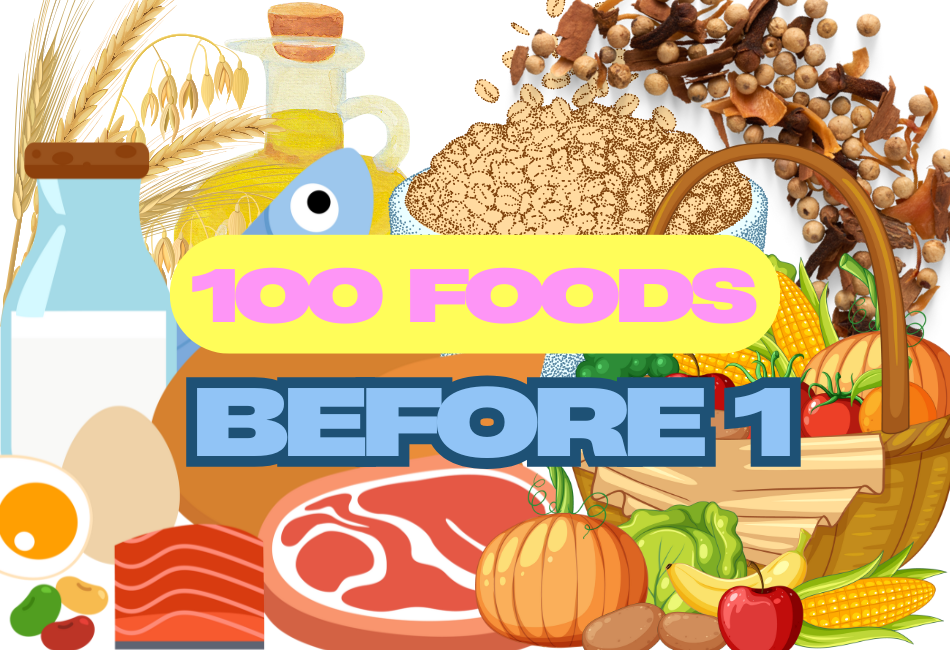
Introducing your baby to solid foods is an exciting milestone during their first year. Whether you opt for purees or baby-led weaning (BLW), there’s an array of foods to explore. In this article, we’ll walk you through the 100 foods before 1 that you can introduce to your baby, providing helpful tips for both purees and BLW, as well as resources to simplify the process.
Why Aim for 100 Foods Before 1?
The 100 foods before 1 checklist isn’t just about quantity—it’s about variety. Offering your baby different foods ensures they get all the vitamins and nutrients necessary for their growth and development. Plus, it helps your baby develop a wide palate, making them more likely to enjoy diverse foods as they grow. A diverse food introduction also helps in preventing picky eating later on. Here’s why it matters:
- Nutritional Balance: A varied diet helps your baby get a wide range of essential nutrients, including vitamins, minerals, and protein.
- Develops Taste Preferences: Exposing your baby to a variety of foods early on helps them enjoy a wider range of flavors and textures.
- Avoiding Picky Eating: Babies exposed to different foods are less likely to be picky eaters as toddlers.
You can read more about how to introduce solids in our article on Introducing Solids to Your Baby. And if you’re interested in the baby-led weaning approach, check out our guide on Baby-Led Weaning: How to Start.
What Foods Should Be Included in the 100 Foods Before 1 Checklist?
Here’s a list of foods you can consider for your baby’s first year. The great thing about these foods is that they work for both purees and baby-led weaning. Whether you’re spoon-feeding your little one or letting them explore new tastes with their hands, these foods offer variety and nutrients.
Fruits
- Banana
- Apple
- Pear
- Avocado
- Peach
- Plum
- Mango
- Pineapple
- Blueberries
- Raspberries
- Blackberries
- Apricot
- Watermelon
- Kiwi
- Papaya
- Grapes (cut into small pieces)
- Cherries
- Strawberries
- Pomegranate
- Cantaloupe
Vegetables
- Sweet potato
- Carrot
- Pumpkin
- Butternut squash
- Peas
- Spinach
- Broccoli
- Cauliflower
- Zucchini
- Green beans
- Beetroot
- Asparagus
- Brussels sprouts
- Bell peppers (roasted or steamed)
- Kale
- Chard
- Tomatoes
- Cucumber
- Eggplant
- Leek
Grains & Cereals
- Oats
- Rice (white or brown)
- Quinoa
- Millet
- Barley
- Farro
- Polenta
- Buckwheat
- Amaranth
- Wheat germ
Proteins
- Eggs
- Chicken
- Turkey
- Beef
- Lamb
- Salmon
- White fish (cod, haddock)
- Tuna (in moderation, for babies over 6 months)
- Tofu
- Tempeh
- Lentils
- Chickpeas
- Black beans
- Kidney beans
- Pinto beans
- Split peas
- Edamame (steamed and mashed)
- Hummus (without tahini for babies)
- Cottage cheese
- Full-fat cheese (cheddar, mozzarella)
- Greek yogurt
Dairy
- Whole milk (for cooking purposes, avoid as a drink until 1 year)
- Full-fat cream cheese
- Ricotta cheese
- Plain yogurt (unsweetened)
- Butter (for cooking or on toast)
Healthy Fats
- Olive oil
- Coconut oil
- Ghee
- Nut butters (peanut, almond, cashew – ensure no added sugar or salt)
- Chia seeds
- Flax seeds (ground)
Herbs and Spices
- Cinnamon (use in moderation)
- Ginger
- Garlic
- Basil
- Oregano
- Thyme
- Parsley
- Dill
- Rosemary
- Mint
Other Foods & Add-ins
- Rice cakes
- Whole wheat bread (make sure it’s soft)
- Pancakes (made with whole grains, no sugar)
- Waffle (homemade, no sugar)
- Muffins (whole grain, sugar-free)
- Sweet potato fries (baked, not fried)
- Frozen peas or corn (for easy snackable options)
- Coconut water (as a hydrating alternative)
Key Tips for Introducing Solid Foods:
- Iron-Rich Foods: Iron is essential in the first year to support your baby’s growth and development. Include foods like lentils, spinach, and eggs, and pair them with vitamin C-rich fruits to improve absorption.
- Texture Variations: Whether you’re doing purees or baby-led weaning, you can adjust the texture of the foods according to your baby’s developmental stage.
- Allergy Awareness: Always introduce new foods one at a time and watch for signs of allergies. You can read more about introducing allergens in our article on Introducing Allergens to Your Baby.
Important Considerations When Introducing Foods
It’s crucial to introduce new foods one at a time and to monitor your baby’s reactions. Allergic reactions can occur, and certain foods may need to be delayed until your baby is older. You can learn more about Introducing Allergens to Your Baby in our detailed guide.
Foods to Avoid in the First Year
Some foods are not recommended during the first year due to choking hazards or risk of allergies. Here’s a list of foods to avoid:
- Honey: Risk of botulism.
- Whole Nuts: Choking hazard.
- Unpasteurized Dairy: Can lead to foodborne illnesses.
- Large Chunks of Raw Vegetables: Can be hard to digest and may cause choking.
- Fish with High Mercury Levels: Such as swordfish or shark.
How to Track the 100 Foods Before 1?
To help you keep track of the 100 foods before 1, you can print out a checklist and stick it on your fridge. This checklist will serve as a visual reminder and make it easy for you to check off the foods your baby has tried. Plus, it will be a fun way to track your little one’s food journey! You can download a printable checklist of 100 foods before 1 here.
Key Takeaways:
- The 100 foods before 1 checklist includes a diverse range of fruits, vegetables, proteins, grains, and dairy products.
- These foods can be offered as both purees and baby-led weaning options, making them versatile and easy to incorporate.
- Ensure you’re providing iron-rich foods like lentils, spinach, and eggs, along with vitamin C to aid absorption.
- Don’t forget to watch out for allergic reactions and always introduce new foods one by one.
What other foods did you introduce to your baby during their first year? Leave a comment and share your experience!
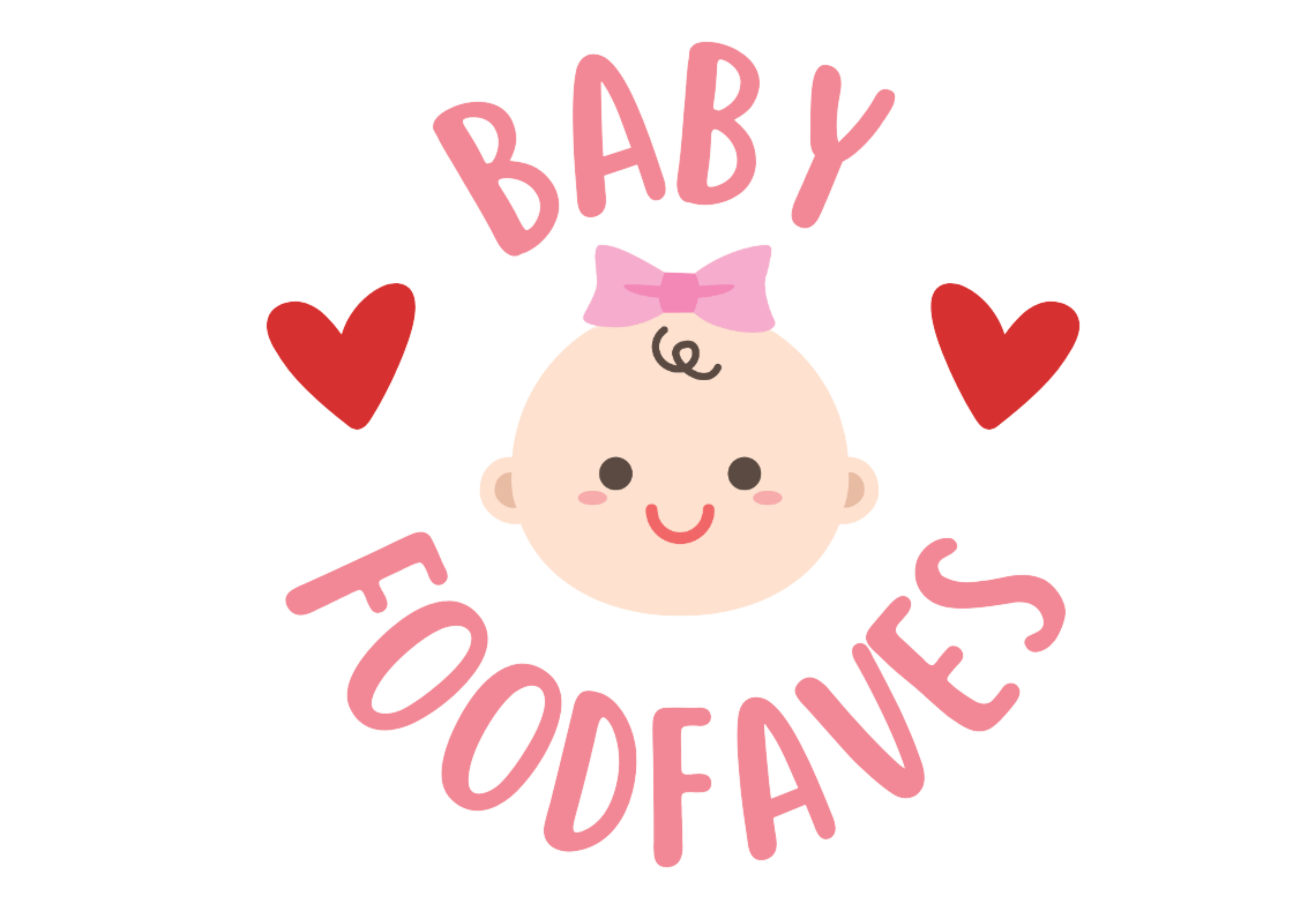


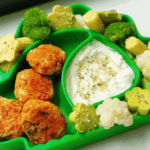
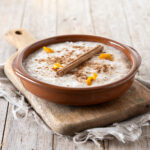

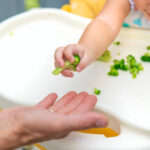
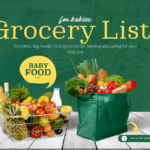
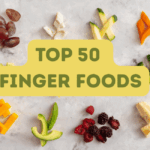
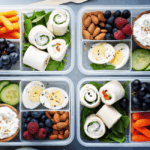
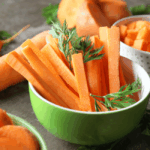


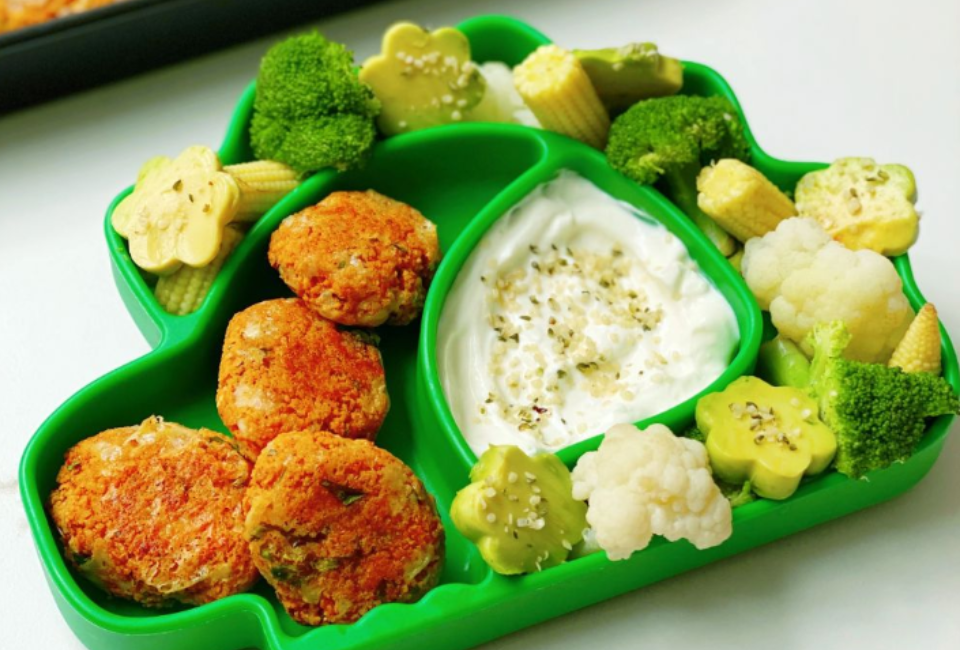
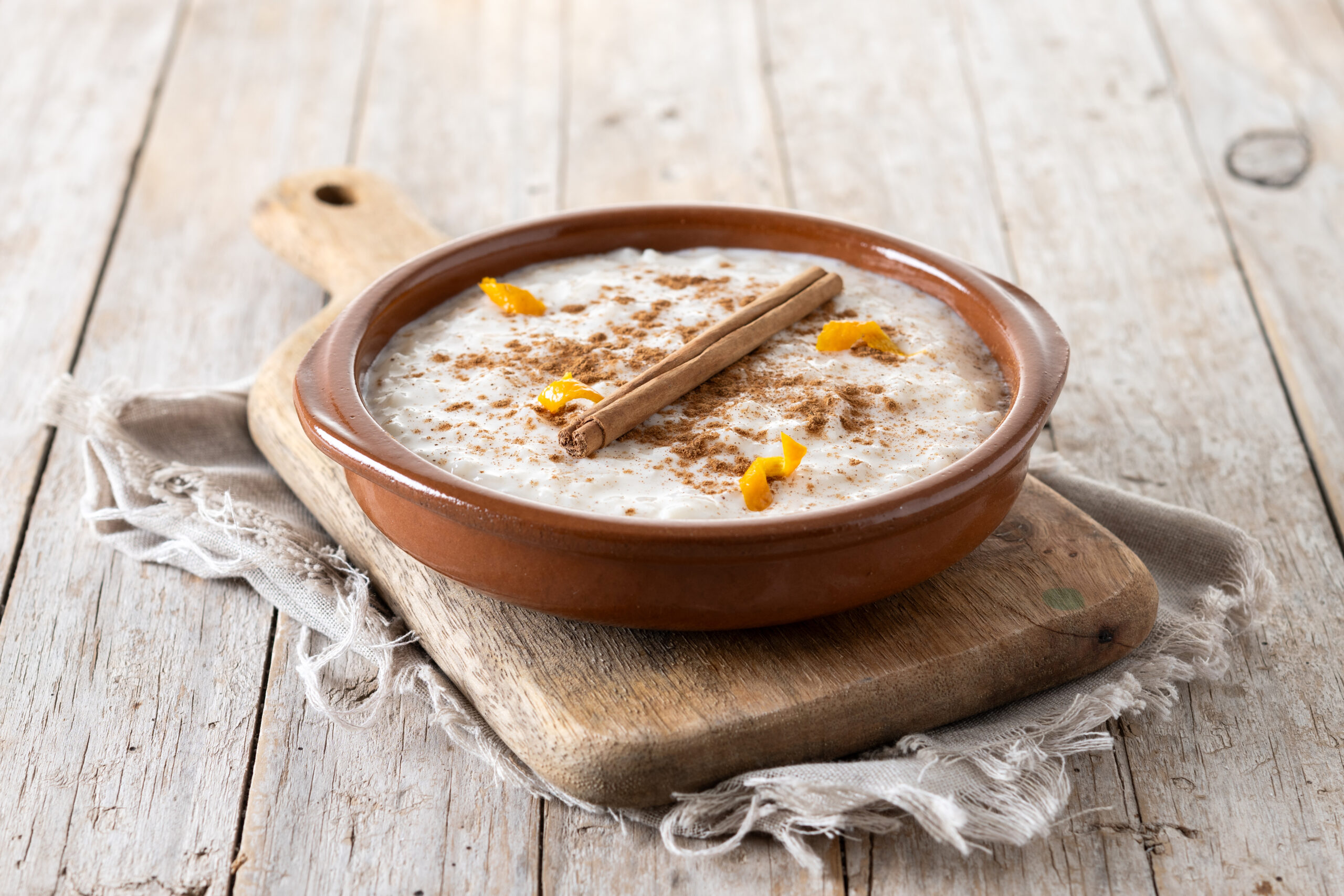
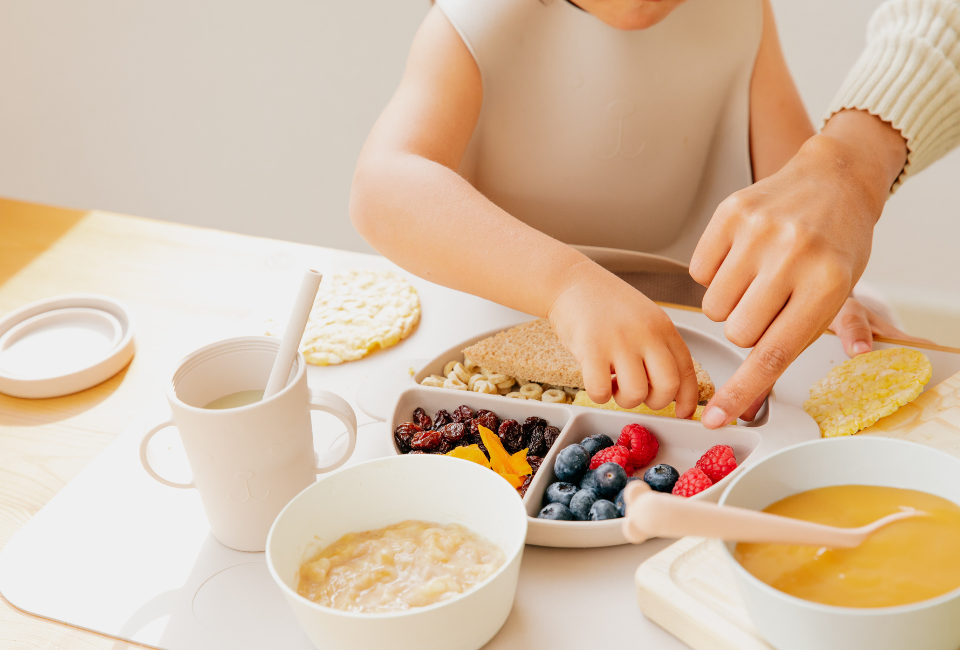
Leave a Reply